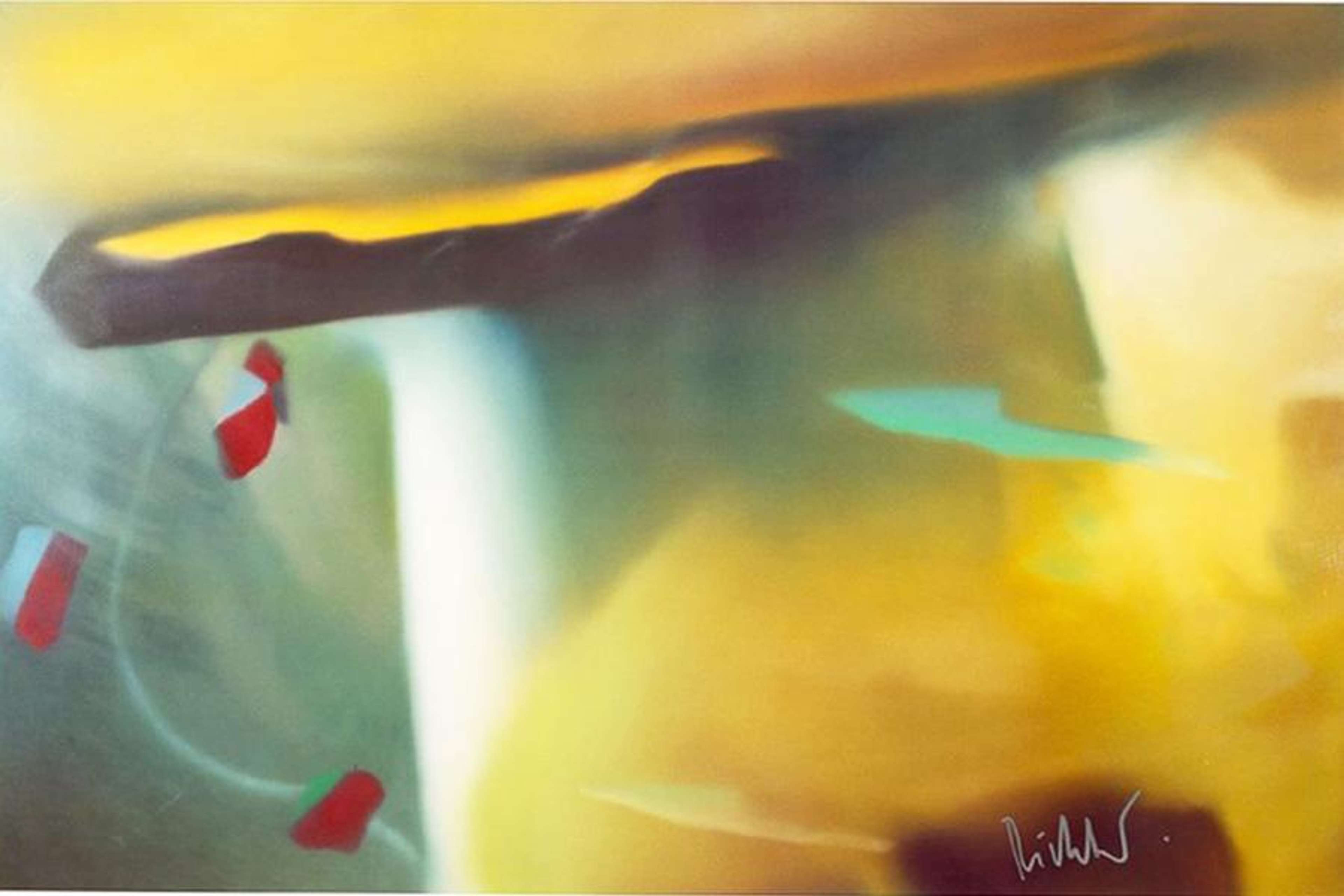
Abstraktes Bild

Abstraktes Bild
Signed Print
Gerhard Richter
£1,700-£2,550
$3,400-$5,000 Value Indicator
$3,150-$4,700 Value Indicator
¥16,000-¥24,000 Value Indicator
€1,950-€2,900 Value Indicator
$18,000-$26,000 Value Indicator
¥360,000-¥530,000 Value Indicator
$2,250-$3,400 Value Indicator
There aren't enough data points on this work for a comprehensive result. Please speak to a specialist by making an enquiry.
92 x 67cm, Lithograph
Auction Results

Track auction value trend
Meaning & Analysis
Abstraktes Bild is a signed offset lithograph print by internationally renowned German artist, Gerhard Richter. Issued in 1991, it features one of Richter’s trademark abstracts. Showcasing the artist’s unique method of painting, which involves large home-made squeegees and several ‘classic’ hues of oil paint, the work is an arresting assemblage of red and black.
Much like a number of other works in the Abstract collection, including Abstraktes Bild (P1) (1990) and Haggadah (P2) (2014), Abstraktes Bild is a foremost example of Richter’s unique, deconstructive approach to painting and representation. Non-representational – that is, it does not represent anything in any concrete sense – it is quite unlike Richter’s historically-inspired paintings of newspaper photographs depicting figures such as Mao Zedong, members of the infamous Baader-Meinhof Gang (Rote Armee Fraktion), and reigning monarch Queen Elisabeth II; nor is it like the artist’s photorealistic paintings of still-life objects and candles. Eschewing reliance on Richter’s Atlas – an enormous collection of photographs, newspaper cuttings, and drawings amassed throughout the artist’s lifetime, and the photographic basis of many of his works – the piece opts in favour, rather, of a deep meditation on colour.
Comprising reddish tones and smatterings of dark, almost black paint, the work appears to us as a ‘blur’. Alluding not only to its production by way of paint-covered squeegees, dragged across the canvas to meld paint and to unearth layers of contrasting colour below, this blur traces a developmental genealogy that begins during the 1960s, when Richter was an art student at the Dresden Academy. Strictly controlled by Communist authorities, the Academy curtailed Richter’s artistic ambitions, forcing him to reproduce a strictly ‘socialist realist’ style. Inspired by a 1961 exhibition of avant-garde art, held in the West German city of Kassel, and constrained by national politics, Richter sought out ways to deconstruct establish practices. In this print, this ambition remains palpable.